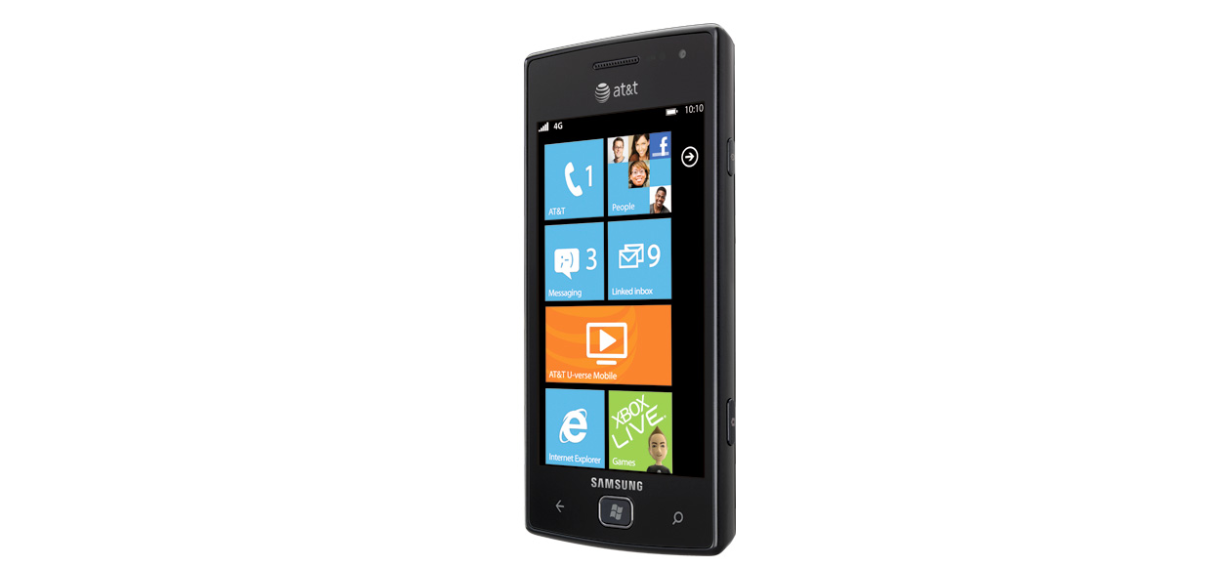Why you can trust TechRadar
Interface
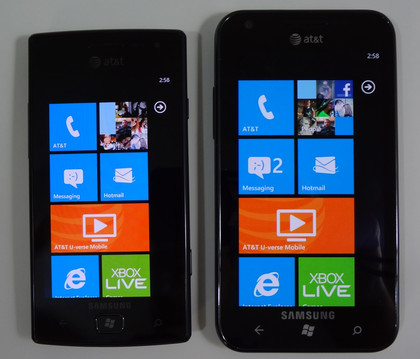
As a WP7 device, the Samsung Focus Flash's interface is basically identical to most every other WP7 device. Except for the Device Info text in the About section of the Settings, we're certain anyone would be hard pressed to spot any differences whatsoever between the Flash's interface and that of the Focus S.
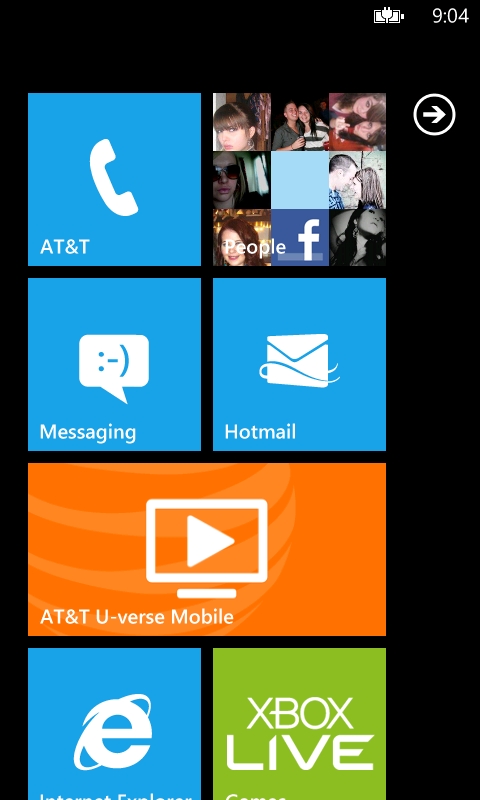
You get the same "Metro" themed, tile-based UI and system-wide integration Microsoft is striving for in its WP7 line. It was all covered in detail on the Interface page of our Focus S review.
Contacts and calling
As far as the contacts and calling interface is concerned, the Samsung Focus Flash is no different from the Focus S. You can grab those details on the Contacts and calling page of the Focus S review.
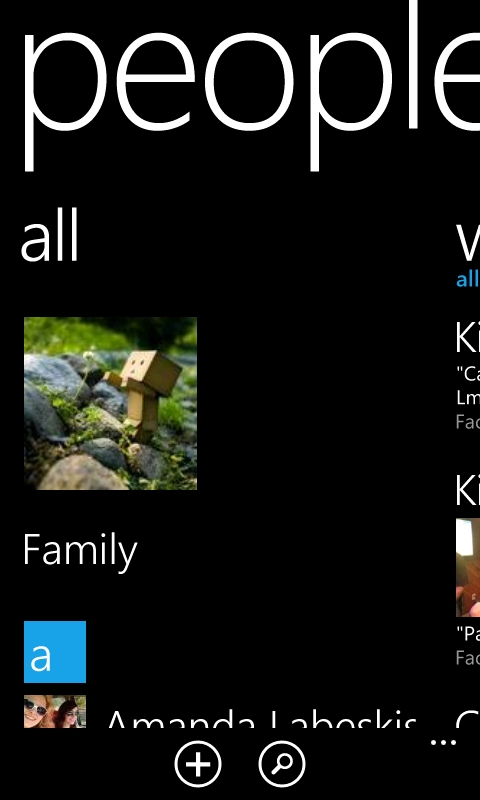
Your contact list, social networking buddies, and e-mail contacts are all lumped together in the People Tile. The Flash even has the same smart dialer for making calls.
However, there are two aspects that are slightly different when it comes to making calls.
Firstly, the Focus S has Wide-Band AMR capability, which can help increase audio quality during a call.
The Focus S does not have this feature, though call quality does not seem to suffer much without it.

Secondly – and this is slightly more serious – the Focus S appears to have a marginally weaker antenna. In areas with strong coverage, this doesn't make any difference, but if you're ever on the cusp of cell coverage, you'll find the Focus S will maintain a connection a little better than the Focus Flash.
The antenna strength issue is fairly minor and should really only affect people who live in or frequent areas with poor cell coverage.
Messaging
The Samsung Focus Flash offers very nearly the same messaging experience you'd get with the Focus S. The Texting app, Windows Live Messenger, and e-mail apps are exactly the same. Even Facebook chat has the same short labyrinth to navigate before you can use it.
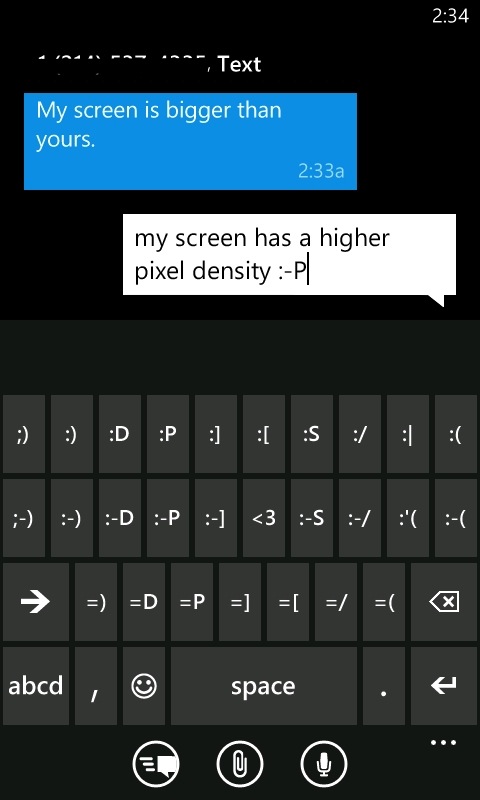
Just like the Focus S, E-mail has a tile that incorporates all of your E-mail accounts, and everything else is taken care of by the Messaging tile.
While the options are exactly the same, the act of inputting and manipulating text is where the experience differs.
For anyone coming from a larger device, like the Focus S, the Focus Flash will pose a bit of a learning curve when it comes to typing. The smaller screen makes it slightly more prone to typing errors.
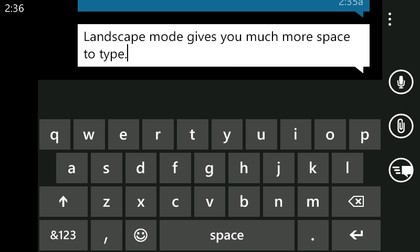
Where the Focus S offers plenty of space to type comfortably in portrait mode, people using the Focus Flash may prefer the added space of typing in landscape mode. Nonetheless, after a week or two, your average texter will adjust well to the keyboard size.
Selecting and highlighting text also gets a bit more complicated due to the smaller screen size. You'll find that your finger obscures even more of the text you're trying to highlight, and fine tuning cursor placements takes some practice.
Current page: Interface, contacts, and messaging
Prev Page Introduction Next Page Internet, camera, and video